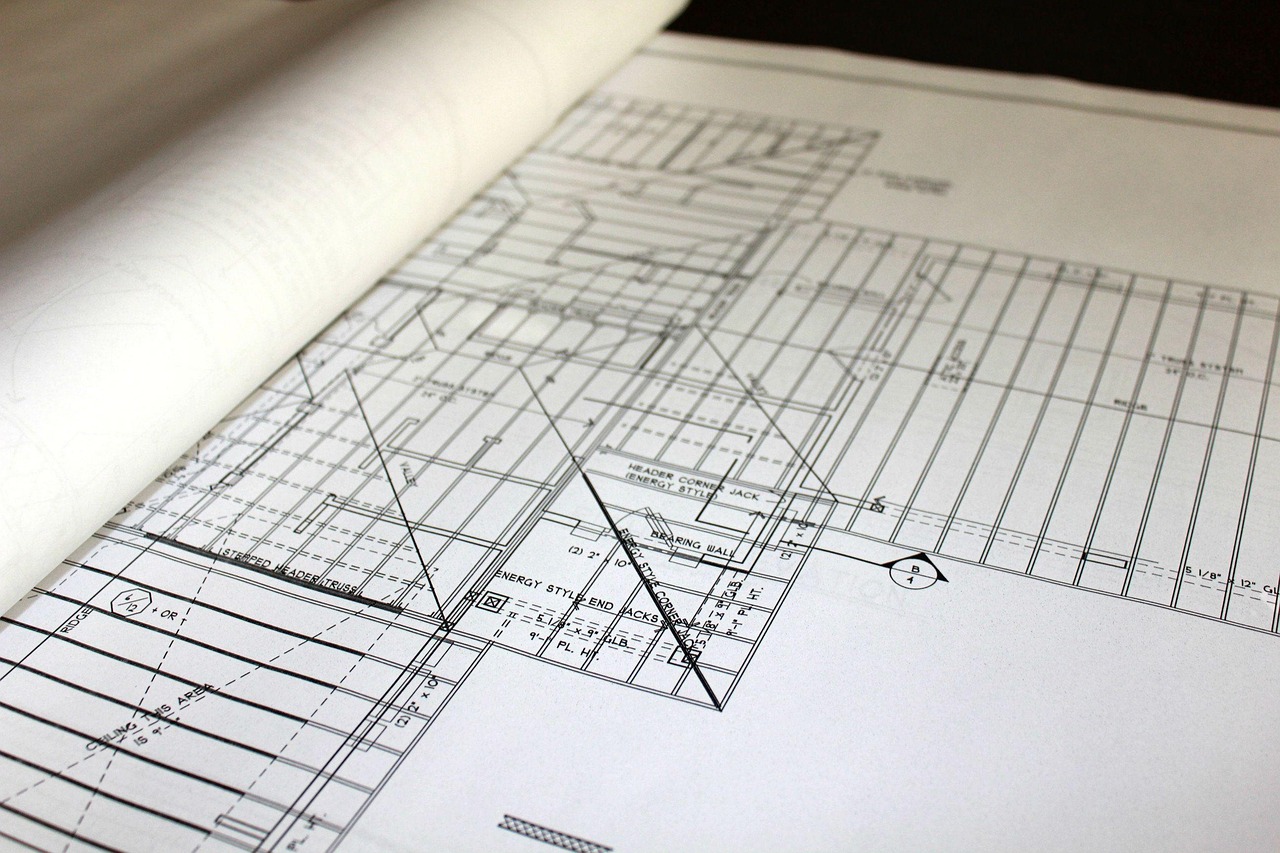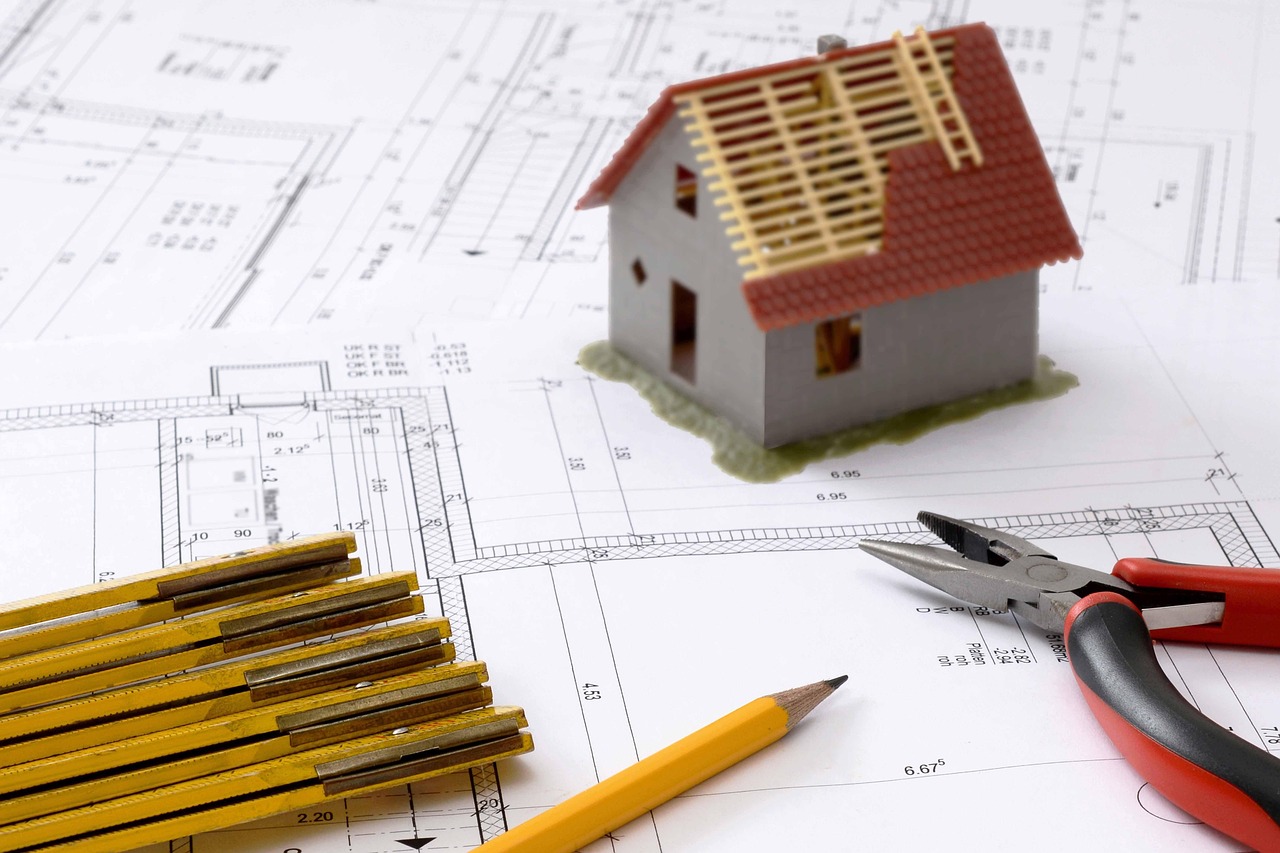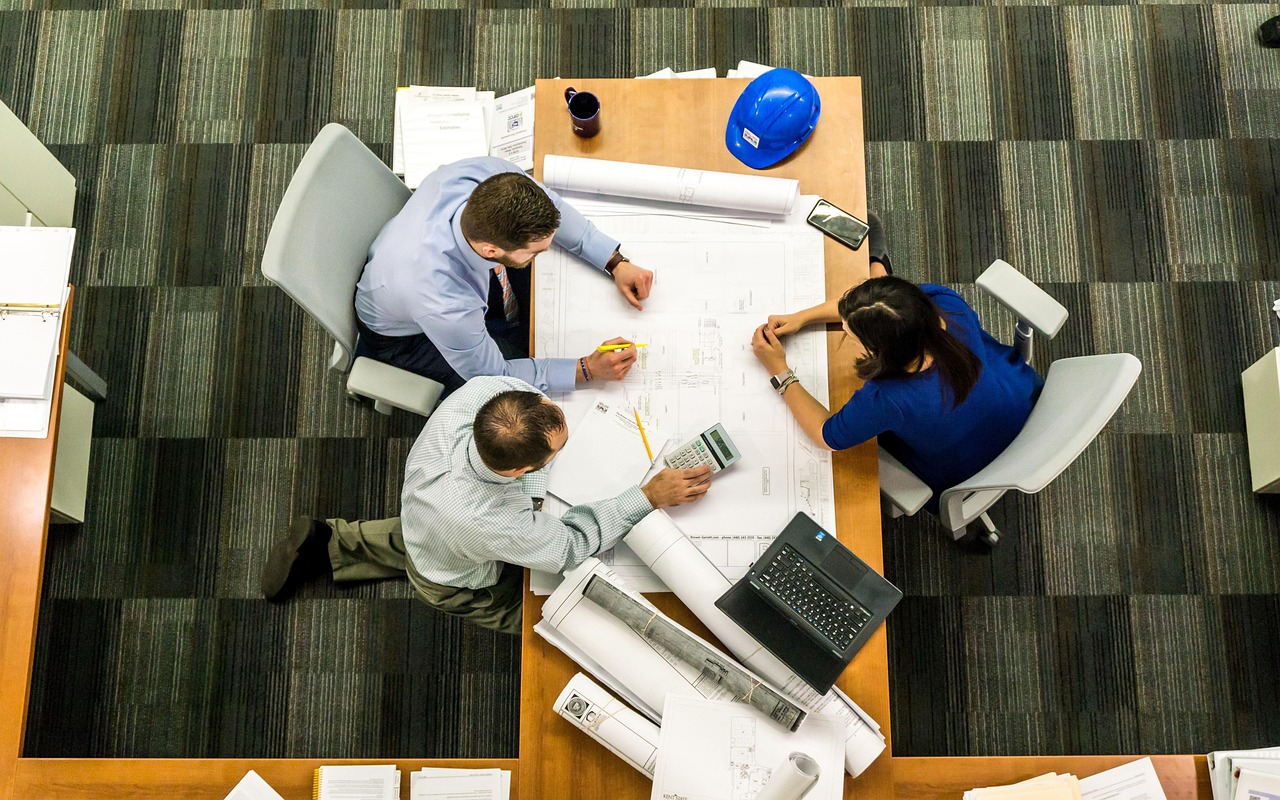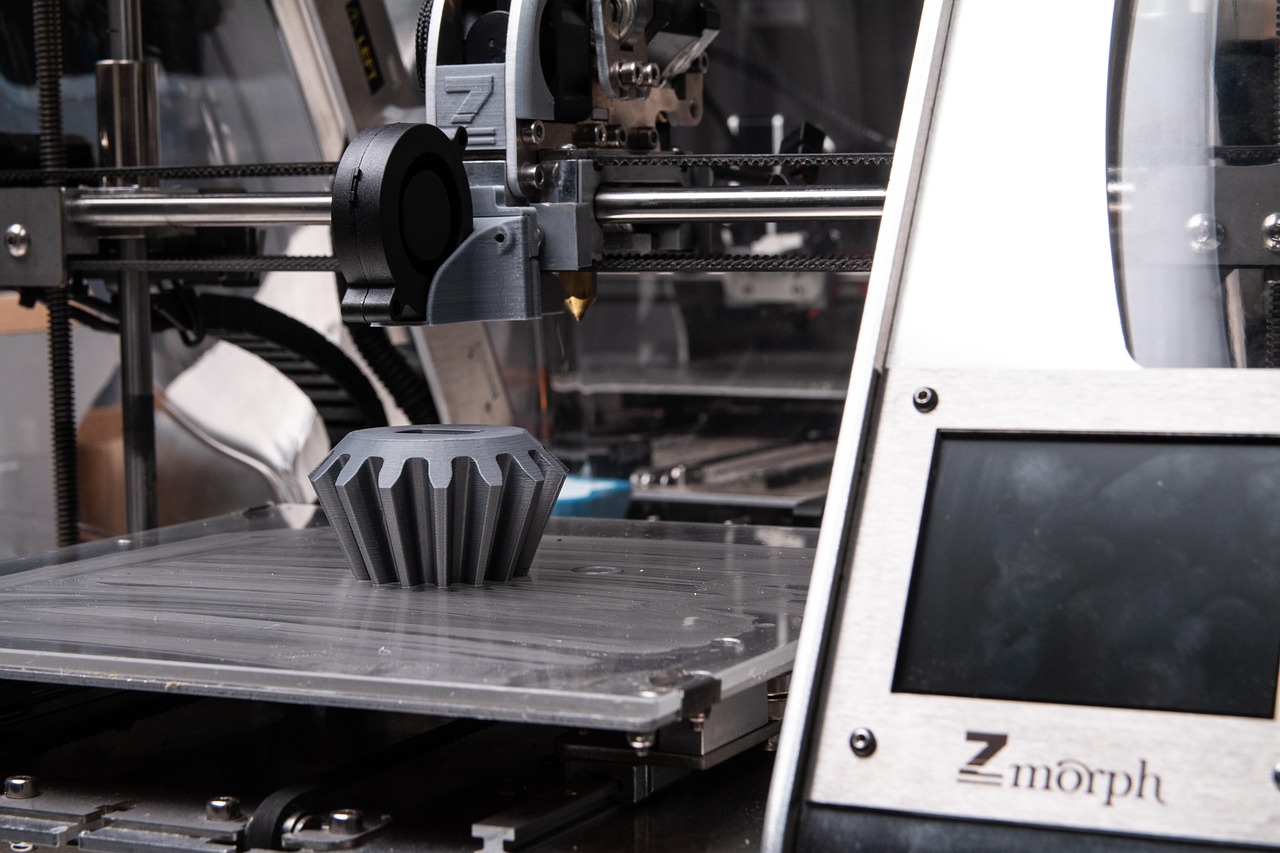Successful construction projects rely heavily on the collaboration between architects and engineers—two disciplines that bring different perspectives but share the common goal of creating safe, functional, and aesthetically pleasing buildings. Seamless teamwork between these professionals is essential to avoid costly errors, streamline workflows, and deliver projects on time and within budget. Understanding best practices for collaboration can help both parties maximize their strengths and communicate effectively throughout the project lifecycle.
One of the foundational best practices is establishing clear communication channels from the very beginning. Regular coordination meetings, whether in person or via digital platforms, ensure that design ideas, structural considerations, and technical constraints are openly discussed and resolved early on. Utilizing collaborative tools such as Building Information Modeling (BIM) software fosters real-time sharing of designs and data, allowing architects and engineers to identify conflicts and adapt solutions before construction begins. This integrated approach helps align creative vision with engineering feasibility.
Another critical practice is defining roles and responsibilities clearly, preventing overlap and ensuring accountability. Architects typically focus on the aesthetics, space planning, and user experience, while engineers concentrate on structural integrity, systems design, and compliance with safety codes. Respecting these roles while maintaining open dialogue promotes mutual trust and efficient problem-solving.













Leave a Reply